The key motivation for our work is to study the interaction between soils and the atmosphere in Earth's hydrological cycle. This is a complex task, as far as there are many processes which influence this interaction. The better understanding of these processes will help us to improve the weather prediction including better forecast of strong precipitation events and resulting floods. We apply the GNSS remote sensing technique for soil moisture and water vapor determination as an innovative and promising observation method.
The GNSS station MARQ was established in June 2014 by the
German Research Centre for Geosciences GFZ, member of the
Helmholtz Association. The station was conceived and installed by a team of GFZ scientists and technicians including Sibylle Vey, Andreas Güntner, Christian Hohmann, Markus Ramatschi, Tzvetan Simeonov and Jens Wickert. Over time an array of sensors was accumulated on this experimental site with focus on soil moisture monitoring.
An automated meteorological station is collocated with the GNSS receivers, as well as an array of Time Domain Reflectometry (TDR) sensors on different depths in the soil. The TDR is an established method for measuring soil moisture, which relies on changes in soil conductivity, dependent on available water in the soil and is installed in order to verify the GNSS results. A gravimetric soil moisture measurement (method described in the video) was also performed on the 13th of September 2016, after a long period of hot and dry weather, in order to measure the minimum threshold of soil moisture observations for the station. A saturation experiment with the same samples was also performed in order to determine the maximum threshold. These values are seen as red and blue horizontal lines, respectively on Figure 2, where the comparison between the different methods is presented.
This station is not only used for scientific investigations, but also for education of students or PhD students at the Institute for Geodesy and Geoinformation science at
Technische Universität Berlin. Currently there are two master theses projects of Ajeet Kunwar and Efren Lopez and a related PhD project of Tzvetan Simeonov.
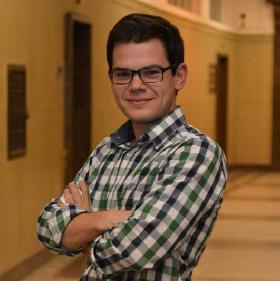
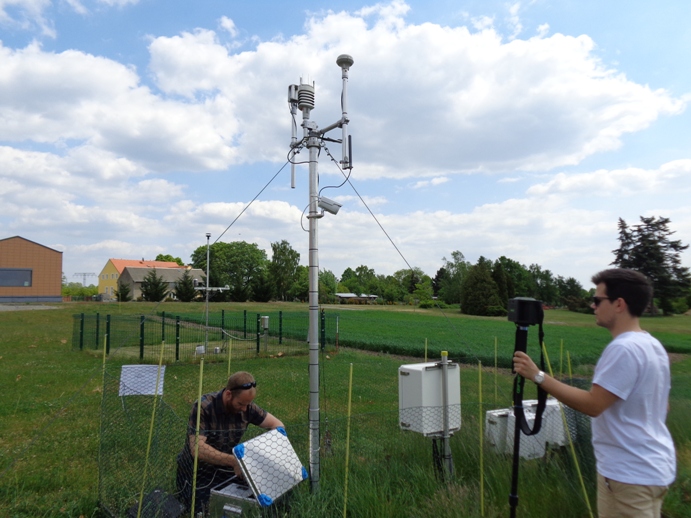
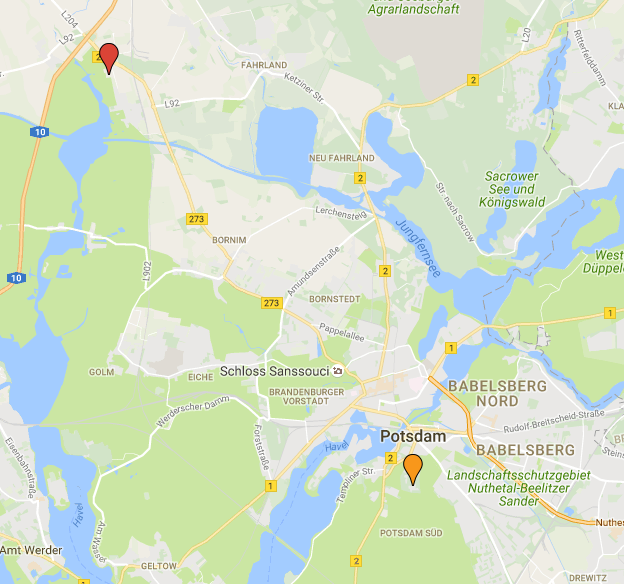
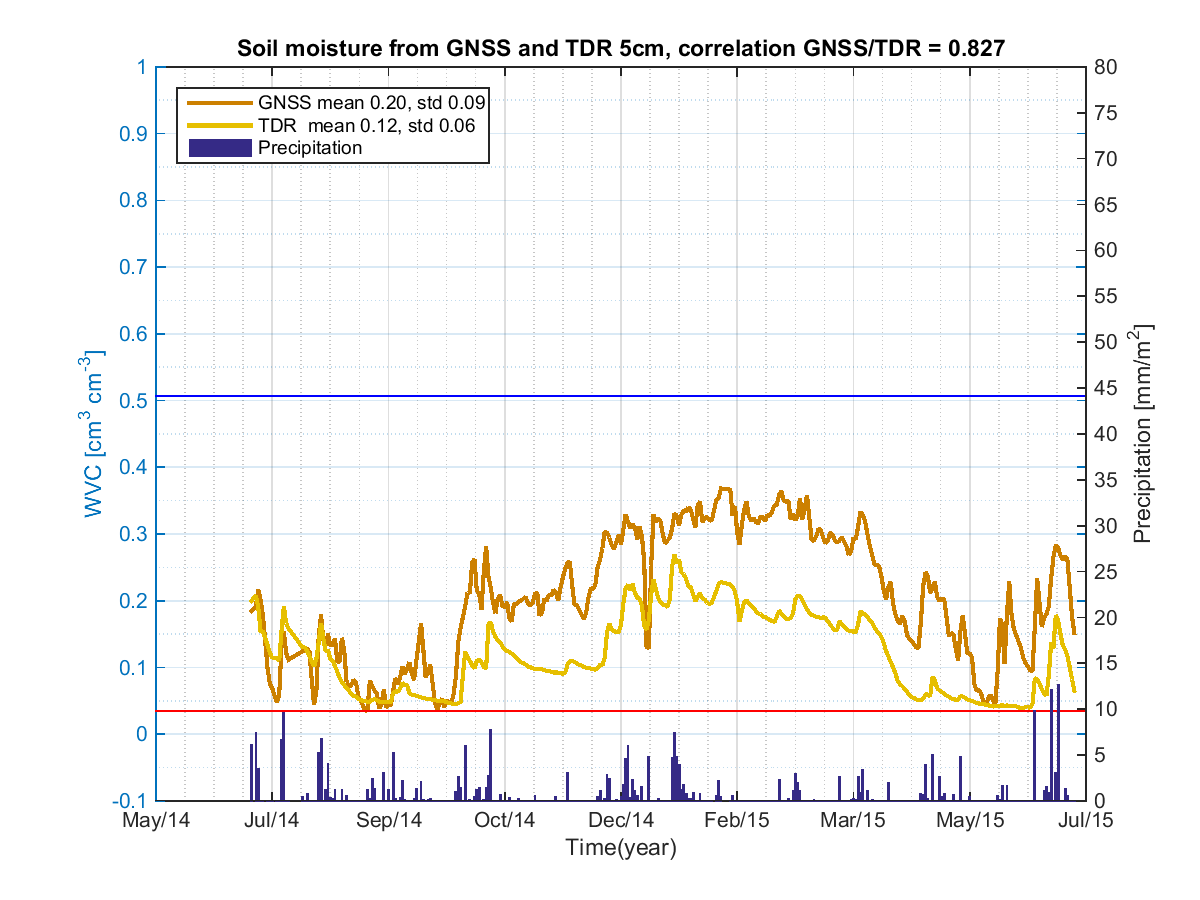
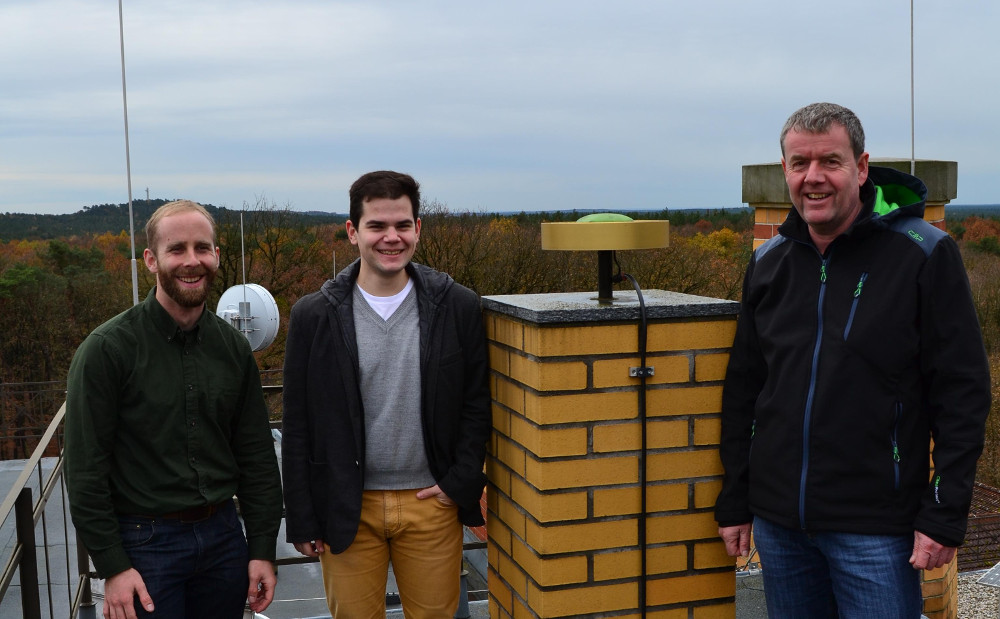


 unavco.org.
unavco.org.